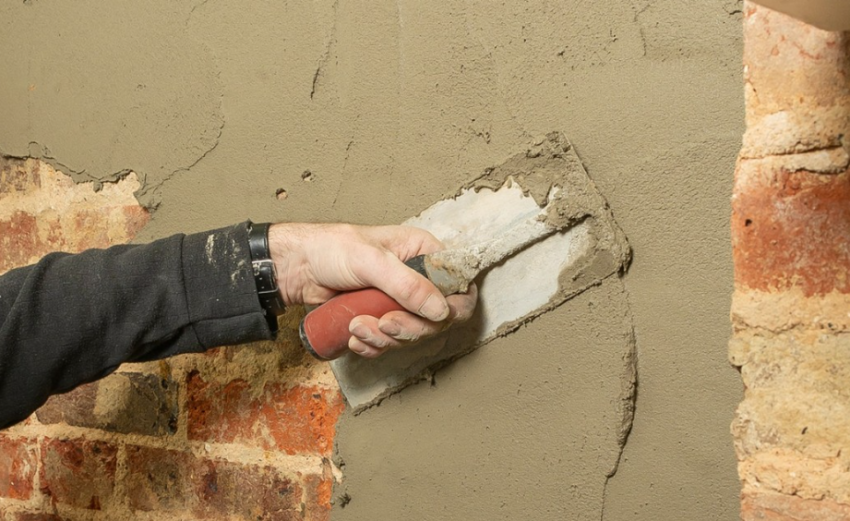Applying exterior plaster to a building’s façade not only enhances its appearance but also adds a layer of protection against the elements. However, the success of the plaster application largely depends on how well the surfaces are prepared beforehand. Proper preparation ensures a strong bond between the plaster and the wall, leading to a durable and long-lasting finish. This guide will take you through the essential steps for preparing surfaces for exterior plaster application.
Cleaning the Surface
The first step in preparing a surface for plastering is to clean it thoroughly. Dirt, dust, grease, and old paint can prevent the plaster from adhering properly. Use a stiff brush or a pressure washer to remove any loose debris and contaminants. For stubborn stains or oily residues, a mild detergent may be necessary. Ensuring a clean surface is crucial for the plaster to stick effectively.
Repairing Cracks and Holes
Before applying exterior plaster, inspect the surface for any cracks, holes, or damaged areas. These imperfections need to be repaired to create a smooth and even base. Use a suitable filler or patching compound to fill in cracks and holes, allowing it to dry completely. Sand down any rough patches to ensure a seamless finish.
Applying a Bonding Agent
Applying a bonding agent is an important step that enhances the adhesion between the plaster and the wall. A bonding agent acts as a primer, providing a sticky base that helps the plaster adhere better. Depending on the type of surface, different bonding agents may be used, such as a PVA primer for smooth surfaces or a specialised bonding agent for porous materials.
Installing Mesh or Reinforcement
For areas prone to cracking or where additional strength is needed, consider installing a mesh or reinforcement layer. This is particularly important for corners, joints, and areas where different materials meet. Fibreglass mesh or metal lath can be embedded in the base coat to provide extra stability and prevent future cracks in the plaster.
Ensuring the Surface is Even
An even surface is essential for a smooth plaster application. Check the wall for any bumps or uneven spots and sand them down as needed. Use a straight edge or level to ensure the surface is flat. An even base will not only make the plastering process easier but also improve the overall appearance of the finished work.
Choosing Professional Exterior Plasterers in Auckland
If you’re not confident in preparing the surfaces yourself, hiring experienced exterior plasterers in Auckland can ensure a professional finish. Experts have the right tools, skills, and knowledge to prepare surfaces correctly, saving you time and effort.
Proper preparation is key to achieving a high-quality finish with exterior plaster. From cleaning the surface and repairing imperfections to applying bonding agents and reinforcement, each step plays a vital role in ensuring the durability and aesthetics of the plaster.

